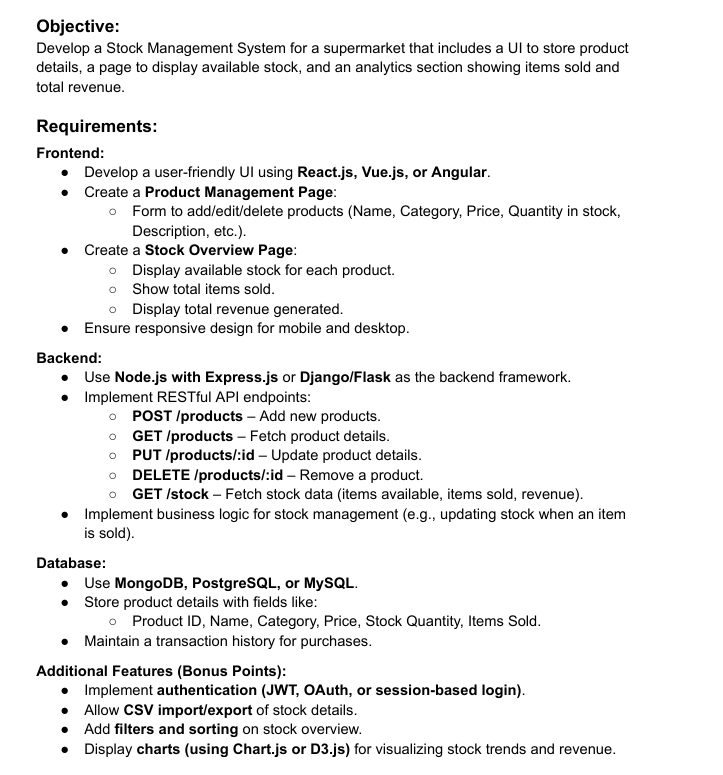Cron Jobs in Linux: Evolution from AT to Cron to Anacron
Task scheduling is a fundamental aspect of Linux system administration, allowing users to automate repetitive tasks efficiently. Over time, Linux has introduced various tools for job scheduling, evolving from simple command execution mechanisms to sophisticated schedulers. This article explores the evolution of job scheduling in Linux, covering the AT command, Cron, and Anacron, highlighting their use cases and differences. AT Command: One-Time Job Scheduling AT is a simple command-line tool used to schedule one-time tasks in Linux. It allows users to specify a command to execute at a particular time. Key Features: Schedule jobs for one-time execution. Executes tasks at a specified future time. Requires the system to be running at the scheduled time. Usage Example: $ echo "echo 'Hello, World!' > /home/user/hello.txt" | at 14:30 This schedules a job to create a text file with "Hello, World!" at 14:30. Limitations: Cannot schedule recurring tasks. If the system is off at the execution time, the job is lost. Cron: Recurring Job Scheduling Cron is a time-based job scheduler that allows users to automate tasks at fixed intervals, such as daily, weekly, or monthly. Key Features: Executes tasks at recurring intervals. Uses a cron table (crontab) to manage scheduled jobs. Can schedule system-wide or user-specific tasks. Crontab Syntax: Cron jobs are defined in the following format: * * * * * command_to_execute | | | | | | | | | |-- Day of the week (0-7, Sunday = 0 or 7) | | | |---- Month (1-12) | | |------ Day of the month (1-31) | |-------- Hour (0-23) |---------- Minute (0-59) Usage Example: $ crontab -e Add the following line to run a script every day at midnight: 0 0 * * * /home/user/backup.sh Limitations: Jobs do not run if the system is off during the scheduled time. Requires manual job configuration. Anacron: Scheduling for Intermittent Systems Anacron is an advanced scheduler designed for systems that do not run continuously. Unlike Cron, it ensures missed jobs execute once the system is back online. Key Features: Executes missed jobs after the system restarts. Uses periodic scheduling (daily, weekly, monthly). Suitable for laptops and desktops that are not always on. Anacron Configuration File: Located at /etc/anacrontab, it follows this format: period delay job-identifier command Example: 1 5 cron.daily /home/user/backup.sh This ensures backup.sh runs once every day with a 5-minute delay if missed. Limitations: Cannot schedule jobs at precise times. Requires root privileges for setup. Comparison Chart Feature AT Cron Anacron Type One-time Recurring Periodic Runs when offline? No No Yes User-Level Jobs? Yes Yes No (root only) Suitable for Immediate execution Servers, automated tasks Laptops, non-continuous systems Conclusion Linux job scheduling has evolved from simple one-time execution with AT to periodic execution with Cron and finally to resilient scheduling with Anacron. Each tool has its specific use cases, making it essential for users to choose the appropriate method based on system requirements and uptime.

Task scheduling is a fundamental aspect of Linux system administration, allowing users to automate repetitive tasks efficiently. Over time, Linux has introduced various tools for job scheduling, evolving from simple command execution mechanisms to sophisticated schedulers. This article explores the evolution of job scheduling in Linux, covering the AT command, Cron, and Anacron, highlighting their use cases and differences.
AT Command: One-Time Job Scheduling
AT is a simple command-line tool used to schedule one-time tasks in Linux. It allows users to specify a command to execute at a particular time.
Key Features:
- Schedule jobs for one-time execution.
- Executes tasks at a specified future time.
- Requires the system to be running at the scheduled time.
Usage Example:
$ echo "echo 'Hello, World!' > /home/user/hello.txt" | at 14:30
This schedules a job to create a text file with "Hello, World!" at 14:30.
Limitations:
- Cannot schedule recurring tasks.
- If the system is off at the execution time, the job is lost.
Cron: Recurring Job Scheduling
Cron is a time-based job scheduler that allows users to automate tasks at fixed intervals, such as daily, weekly, or monthly.
Key Features:
- Executes tasks at recurring intervals.
- Uses a cron table (crontab) to manage scheduled jobs.
- Can schedule system-wide or user-specific tasks.
Crontab Syntax:
Cron jobs are defined in the following format:
* * * * * command_to_execute
| | | | |
| | | | |-- Day of the week (0-7, Sunday = 0 or 7)
| | | |---- Month (1-12)
| | |------ Day of the month (1-31)
| |-------- Hour (0-23)
|---------- Minute (0-59)
Usage Example:
$ crontab -e
Add the following line to run a script every day at midnight:
0 0 * * * /home/user/backup.sh
Limitations:
- Jobs do not run if the system is off during the scheduled time.
- Requires manual job configuration.
Anacron: Scheduling for Intermittent Systems
Anacron is an advanced scheduler designed for systems that do not run continuously. Unlike Cron, it ensures missed jobs execute once the system is back online.
Key Features:
- Executes missed jobs after the system restarts.
- Uses periodic scheduling (daily, weekly, monthly).
- Suitable for laptops and desktops that are not always on.
Anacron Configuration File:
Located at /etc/anacrontab, it follows this format:
period delay job-identifier command
Example:
1 5 cron.daily /home/user/backup.sh
This ensures backup.sh runs once every day with a 5-minute delay if missed.
Limitations:
- Cannot schedule jobs at precise times.
- Requires root privileges for setup.
Comparison Chart
| Feature | AT | Cron | Anacron |
|---|---|---|---|
| Type | One-time | Recurring | Periodic |
| Runs when offline? | No | No | Yes |
| User-Level Jobs? | Yes | Yes | No (root only) |
| Suitable for | Immediate execution | Servers, automated tasks | Laptops, non-continuous systems |
Conclusion
Linux job scheduling has evolved from simple one-time execution with AT to periodic execution with Cron and finally to resilient scheduling with Anacron. Each tool has its specific use cases, making it essential for users to choose the appropriate method based on system requirements and uptime.









































































































































































![[The AI Show Episode 142]: ChatGPT’s New Image Generator, Studio Ghibli Craze and Backlash, Gemini 2.5, OpenAI Academy, 4o Updates, Vibe Marketing & xAI Acquires X](https://www.marketingaiinstitute.com/hubfs/ep%20142%20cover.png)


























































































































![[FREE EBOOKS] The Kubernetes Bible, The Ultimate Linux Shell Scripting Guide & Four More Best Selling Titles](https://www.javacodegeeks.com/wp-content/uploads/2012/12/jcg-logo.jpg)



![From drop-out to software architect with Jason Lengstorf [Podcast #167]](https://cdn.hashnode.com/res/hashnode/image/upload/v1743796461357/f3d19cd7-e6f5-4d7c-8bfc-eb974bc8da68.png?#)







































































































.png?#)




.jpg?#)
































_Christophe_Coat_Alamy.jpg?#)
 (1).webp?#)





































































































![Rapidus in Talks With Apple as It Accelerates Toward 2nm Chip Production [Report]](https://www.iclarified.com/images/news/96937/96937/96937-640.jpg)








































































































































